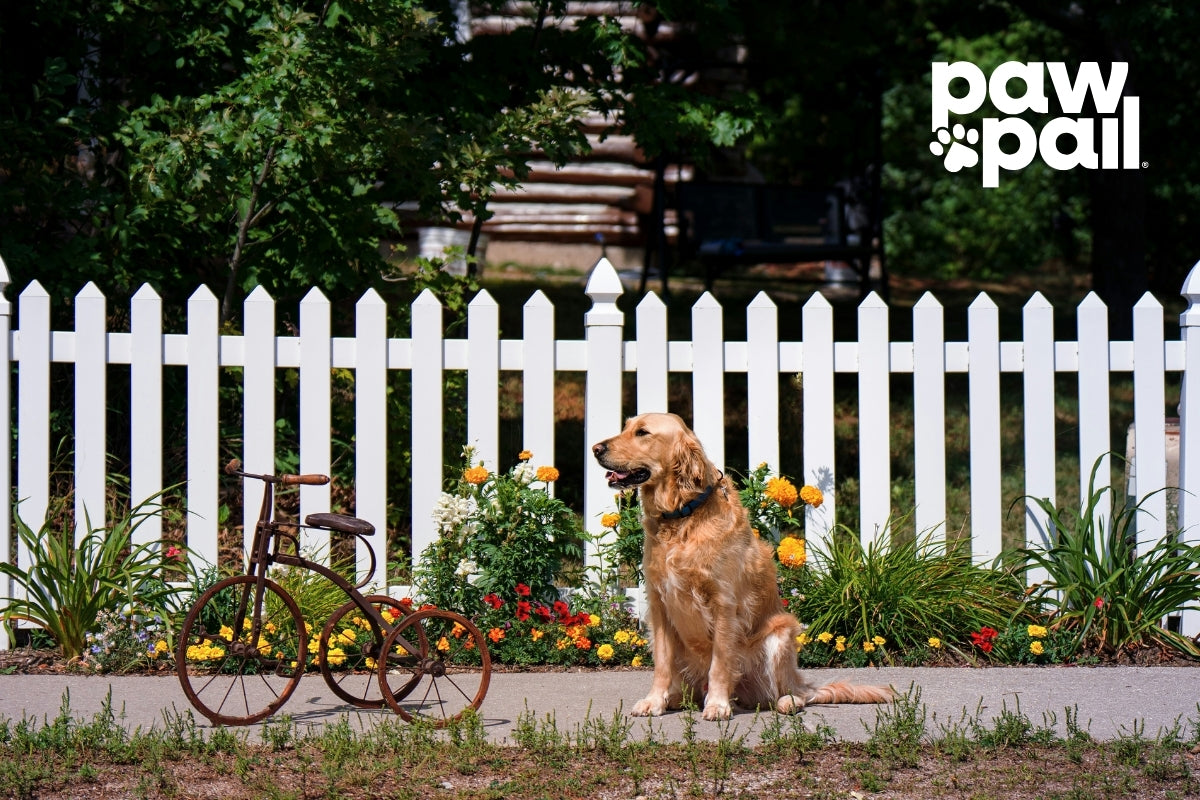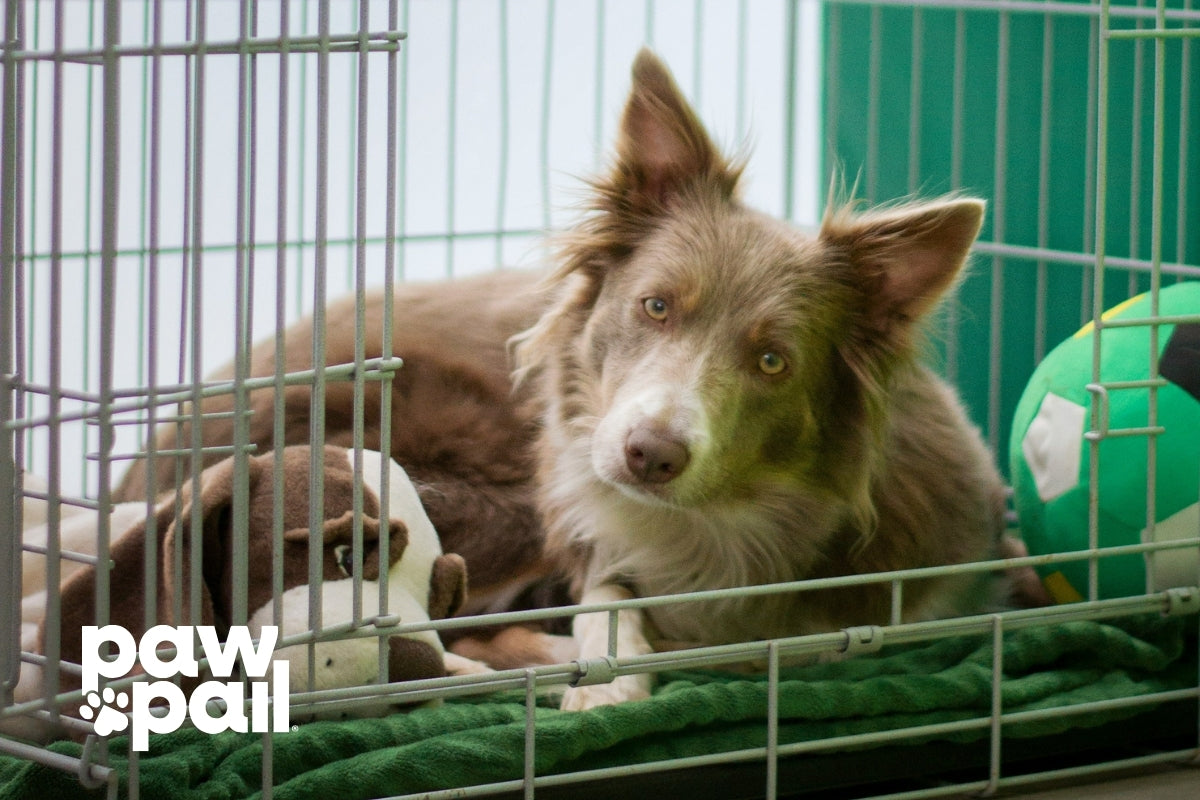Our furry companions bring immeasurable joy to our lives, filling our homes with wagging tails, playful barks, and unconditional love. As responsible pet owners, ensuring their safety and well-being is paramount, and this extends beyond the four walls of our houses to the boundaries of our yards. A seemingly secure yard can present unexpected escape routes and hidden dangers for our inquisitive and sometimes adventurous canine friends.
The Importance of Secure Fencing
The cornerstone of a dog-proof yard is undoubtedly the fencing. It's the first line of defense against wandering paws and curious noses venturing beyond the property line. However, not all fences are created equal, and a flimsy or poorly maintained barrier can be easily breached by a determined dog.
Choosing the Right Fence Height for Your Dog's Breed
Fence height is key. While a standard four-foot fence might deter some smaller or less athletic breeds, many dogs, especially medium to large-sized ones with a penchant for leaping, can easily clear it. A general recommendation is to opt for a fence at least six feet tall. For particularly agile breeds known for their jumping prowess, such as Huskies, Border Collies, or athletic mixes, even higher fences might be necessary. Consider your dog's breed characteristics and past behavior when determining the optimal height.
Selecting Durable Fence Materials for Dog Security
Material matters too. Chain-link, wood, and vinyl are common fencing materials, each with its own advantages and disadvantages. Regardless of the material, ensure it is sturdy and free from loose or damaged sections. Regularly inspect the fence line for any weaknesses, such as rotting wood, bent wires, or gaps. Solid panel fences offer an additional benefit by acting as visual barriers, reducing the likelihood of your dog becoming agitated or tempted by sights and sounds beyond the yard.
Preventing Underground Escapes
However, a tall and sturdy fence is only half the battle. Many dogs are masters of underground escapes. Their innate digging instincts can lead them to tunnel beneath even seemingly impenetrable barriers. To combat this, dig-proofing is crucial.
One effective method is to bury the fence at least one to two feet below ground level. For added security, bend the buried portion outwards in an "L" shape (creating an "L-footer"). This outward extension makes it significantly harder for a dog to dig directly under the fence and escape.
Another effective dig-proofing technique involves installing wire mesh or chicken wire along the bottom of the fence. This can be attached to the existing fence and buried a foot or two deep, or laid flat on the ground extending inwards from the fence line and secured with rocks, gravel, or mulch.
For persistent diggers, a more permanent solution is to pour a concrete footer along the perimeter of the fence and embed the bottom of the fence within it. Finally, lining the inside base of the fence with large rocks or gravel can make digging an uncomfortable and less rewarding endeavor for your dog.
Preventing Jumping and Climbing
Beyond digging, jumping, and climbing are other common escape tactics. Clever canines can utilize various objects or even the fence itself to gain leverage. To prevent these acrobatic escapes, consider installing a lean-in or L-footer at the top of your existing fence. This involves attaching wire fencing that angles inwards at approximately 45 degrees, creating an overhang that discourages climbing.
Securing Entry and Exit Points
Gates are often the weakest link in a fenced yard. They must be just as secure as the rest of the perimeter. Ensure all gates are equipped with self-closing hinges to prevent accidental openings. The latches should be robust and difficult for your dog to manipulate. Consider adding locks or carabiner clips for an extra layer of security, especially if you have a particularly intelligent or determined escape artist.
Regularly check that gates are not warped, misaligned, or have gaps that your dog could squeeze through. For added peace of mind, consider implementing a double-gate system, creating a small enclosed "airlock" area. This prevents your dog from directly accessing the outside, even if the first gate is inadvertently opened.
Understanding Escape Motivations
Addressing the underlying motivations for escape is just as important as physical barriers. Boredom and a lack of stimulation can drive dogs to seek entertainment beyond the yard. Providing ample mental and physical enrichment within the fenced area is crucial.
Offer a variety of toys, puzzle feeders, and opportunities for play. Rotate toys regularly to maintain their novelty. A designated digging area, such as a sandbox filled with play sand where you can bury toys or treats, can redirect digging behavior away from unwanted areas. Reward your dog when they use their designated digging spot.
Maintain a Pristine and Secure Yard with Paw Pail
Creating a truly dog-proof yard extends beyond just secure fencing and preventing escapes. Maintaining a clean environment is also crucial for your dog's health and your enjoyment of the outdoor space. While focusing on keeping your dog safely contained, don't overlook the importance of responsible waste management.
Paw Pail offers an effective solution for keeping your yard clean and odor-free, ensuring a more pleasant and hygienic environment for both you and your securely contained canine companion. By investing in a reliable waste disposal system like Paw Pail, you complement your dog-proof yard efforts, contributing to a healthier and happier outdoor experience for everyone.



